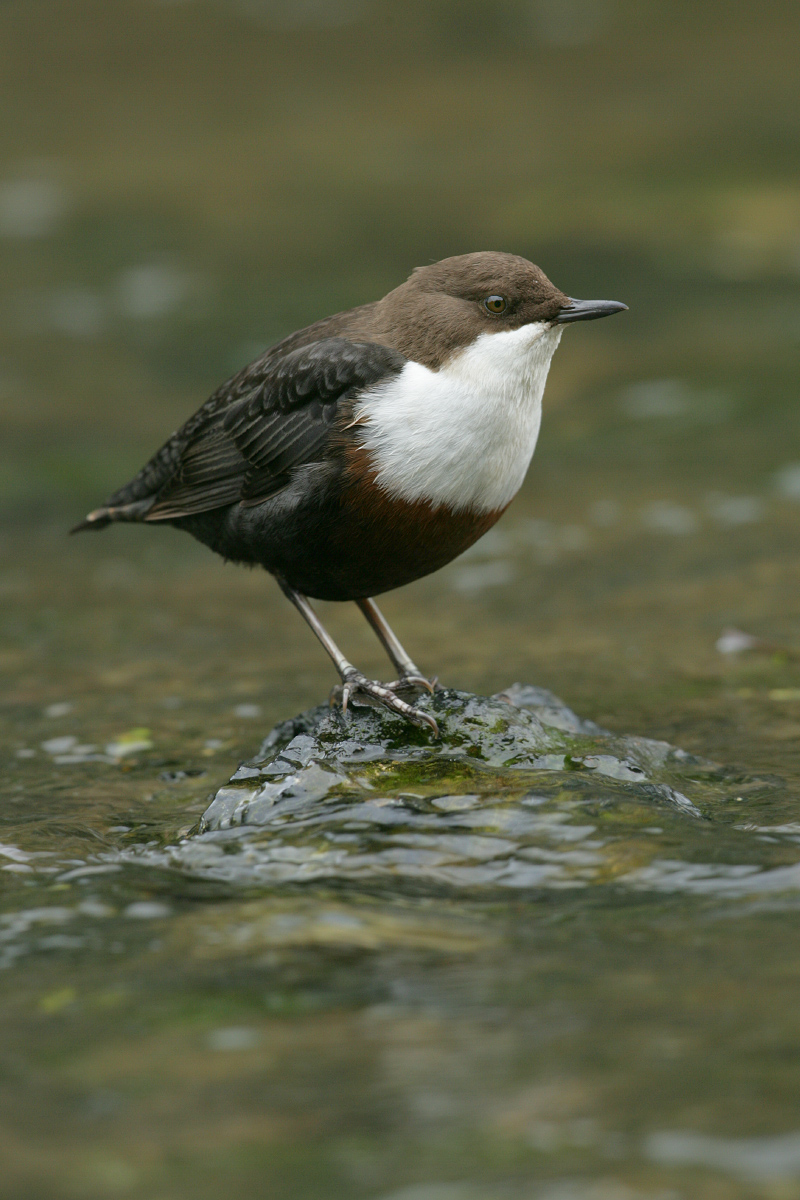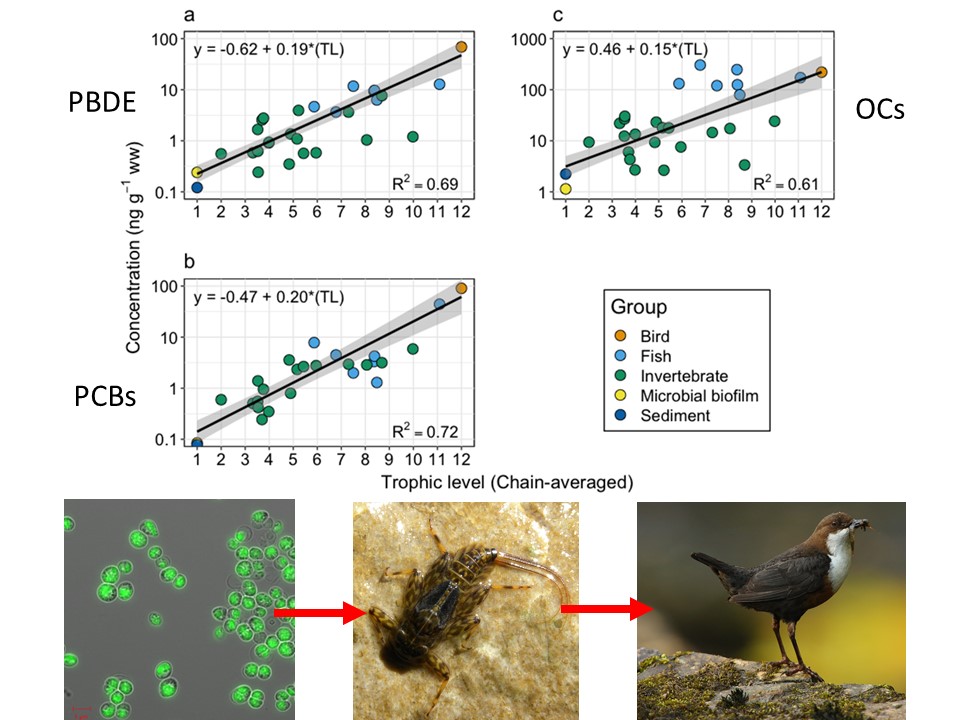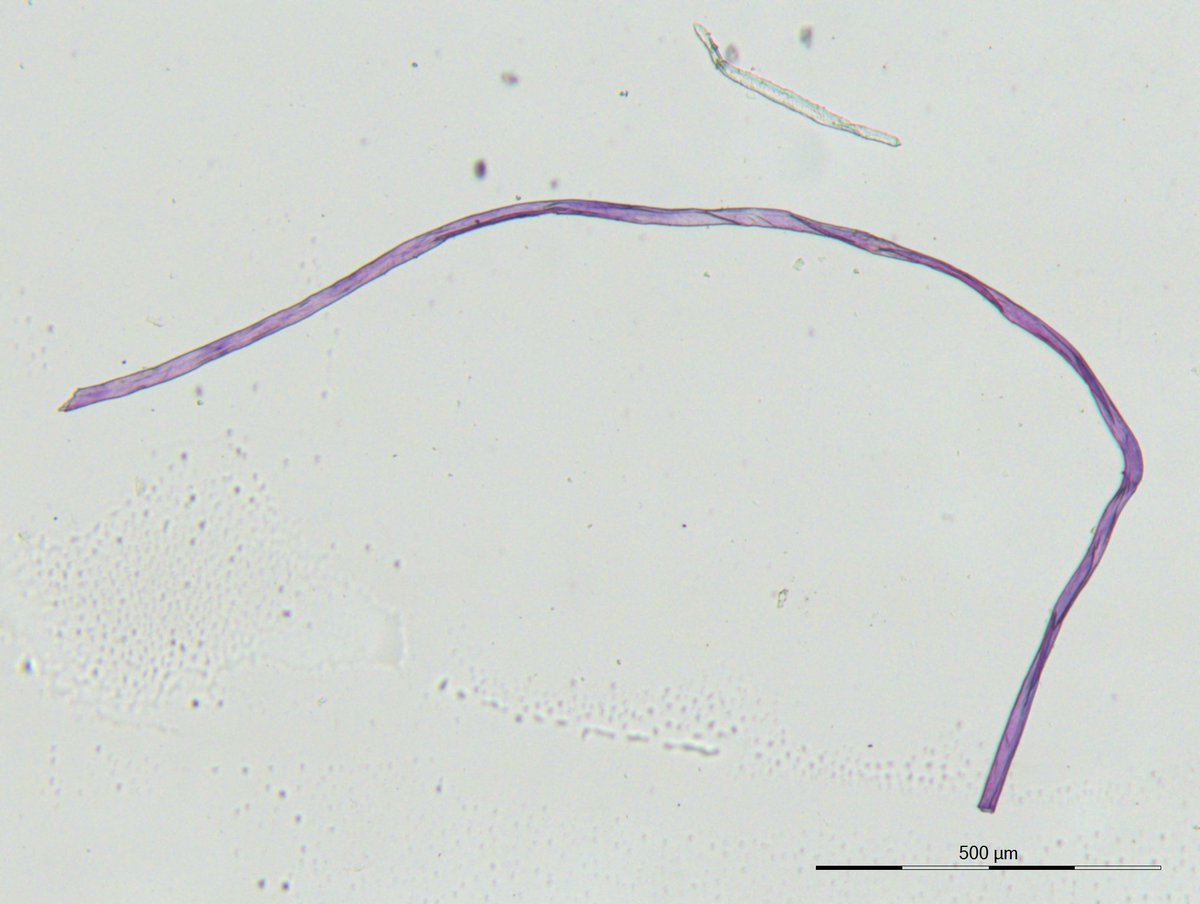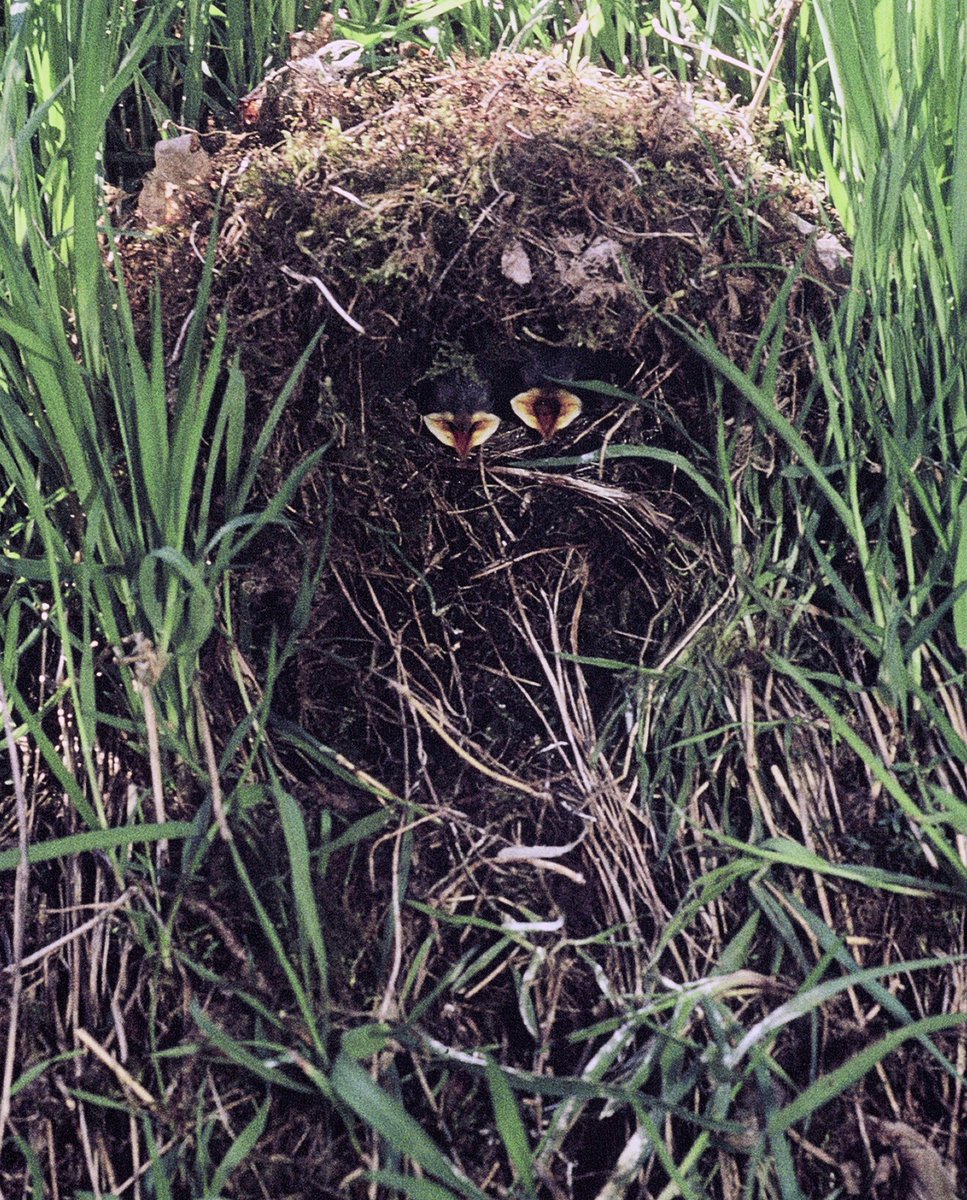Our new @globalchangebio paper shows how things align to enable research. In outline: a river bird, the dipper, ingests 00s of #microplastic fragments daily through their insect prey, also feeding prey-bound plastic to chicks https://onlinelibrary.wiley.com/doi/full/10.1111/gcb.15139">https://onlinelibrary.wiley.com/doi/full/... #AcademicTwitter #ornithology
The work depended on collaboration: @JDSouza_ , @Fred_Windsor and David Santillo from the @GPScienceUnit...
. @Fred_Windsor had recently published evidence that insects in rivers were widely contaminated by #microplastics so we knew there was a risk for predators https://www.sciencedirect.com/science/article/pii/S0048969718327669">https://www.sciencedirect.com/science/a...
We also knew from Fred& #39;s work, and from collaboration with @usaask& #39;s Christy Morrissey and @UK_CEH, that dippers in S Wales had particularly high concentrations of some pollutants through food-web transfer https://pubs.acs.org/doi/abs/10.1021/es402124z">https://pubs.acs.org/doi/abs/1... https://www.sciencedirect.com/science/article/pii/S0048969720307816">https://www.sciencedirect.com/science/a...
Meanwhile, @Fred_Windsor had made contact with David Santillo as a former PhD student between @cardiffuni and @UniofExeter - and David would bring his forensic skills in identifying plastic fibres from the @GPScienceUnit
From much further back in history - the 1980s onwards - we had precise data on prey use and selection in adult and nestling dippers, so knew how much they depended on the same prey now known to be contaminated by #microplastics https://www.researchgate.net/publication/230329815_Exploitation_of_prey_by_a_river_bird_the_dipper_Cinclus_cinclus_L_along_acidic_and_circumneutral_streams_in_upland_Wales">https://www.researchgate.net/publicati...

 Read on Twitter
Read on Twitter






